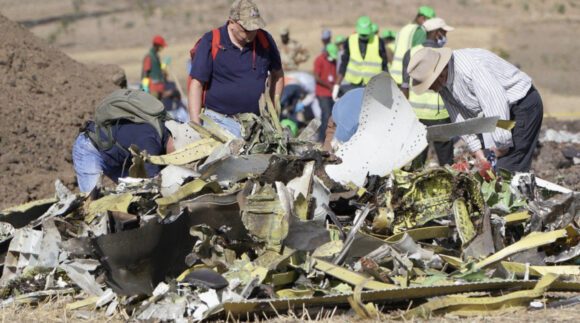Here is our estimate of YTD commercial deliveries through the end of November.
Airbus
The 2024 target is 770. We estimate 638 through the end of the month, which is 83% of the target. Can they do 132 in December? Last year, Airbus delivered 111 aircraft in December 2023; in December 2019, it delivered 134. So the goal isn’t outlandish. Airbus’ Achilles Heel is the supply chain. If Airbus can secure supplies, it will deliver aircraft, but this is like pushing on a string. It is a fragile situation requiring careful balance.
Boeing
It has been another rough year for Boeing. Commercial deliveries depend on two models, MAX and 787. Both programs faced hiccups this year. Some industry forecasters think Boeing could hit ~340 deliveries. Our YTD estimate is 296, requiring 44 to hit that number. While the FAA throttled MAX production to 38, Boeing has an extensive inventory to draw on.
Moreover, as we explained previously, Chinese delayed deliveries should be accelerated to avoid potential Trump tariffs. Boeing’s strike is over, and the workforce knows what’s at stake. We expect (hope for?) a blowout in December, with deliveries exceeding 340 for the year. To bolster that volume, Boeing benefits from its freighter, P-8, and KC-46 programs.
COMAC
COMAC has had a relatively good year so far with 38 deliveries. This is back at their 2022 annual level and up 65% over last year, with December to go. COMAC is getting its industrial rhythm. Just like Airbus, it can only go as fast as the supply chain. Much of its C909 and C919 inputs are Western sourced. While the trend is favorable, COMAC is still way behind the duopoly and Embraer in volume.
EMBRAER
Here’s another OEM that has had a good year. With 55 commercial deliveries (excluding military and business jets), EMBRAER is at 87% of last year’s volume, with December to go. The company’s C-390 has had its best year, and the business jet backlog is robust. The recent media and analyst briefing in New York underscored growing confidence. Among the OEMs, EMBRAER has the most vertical consolidation – it makes more parts it needs than the others. However, it still depends on engines and avionics from the external supply chain. Whereas other OEMs probably worry most about production, EMBRAER probably worries most about growing its commercial sales. Its E2 line needs to increase the backlog while its E175 soldiers on. The E175 is now the de facto monopoly product for North American regional airlines; EMBRAER is finding creative ways to move that model into new markets. India and Nigeria come to mind.
Views: 147




